When they came face-to-face with an angry broker, whose business was threatened by their new website Maker’s Row, Matthew Burnett and Tanya Menendez knew they were on to something.
“He came to our office and threatened to shut down the site because that was his livelihood,” said Burnett in the Brooklyn, New York office of Maker’s Row, the site they believe is making easier and cheaper for entrepreneurs get their products made in the U.S.A
“It was a telling sign of the disruption that was going on in the industry,” adds Menendez. She recalled the incident had left her looking both ways, when leaving the office. “This is like a big guy, who comes in … huge presence. We felt really uncomfortable, but it was also really enlightening for us.”
Despite the decline in U.S. manufacturing, a “Made in the USA” label is still desirable in global markets.
It brings a certain assurance that products are made according to high production standards, using safe materials. Over the years, that label has also become synonymous with high labor costs. But the cost of foreign labor is on the rise, and it’s beginning to level the playing field for U.S. manufacturers.
Finding a domestic manufacturer, however, can be time consuming. Most brands don’t like to share manufacturing information because they don’t want to help their competition. “It was almost taboo to ask,” Burnett said.
Supporting local manufacturers
The timing is certainly good for Maker’s Row.
There’s a lot of confidence among U.S. manufacturers these days. A recent survey by the Boston Consulting Group revealed that 16 percent of the 252 U.S. manufacturers who responded are re-shoring jobs from China, a 20 percent jump from a year ago, and more than double the number that were doing so back in February 2012.
Back then, Burnett and Menendez were just beginning to wonder how they could find enough manufacturers to make Maker’s Row a success. It was a tough sell at first, but they began to list manufacturers on the site for free, which turned out to be a smart move because some of them saw almost immediate results.
“People started to see leads before Maker’s Row asked them to sign up for their service,” according to Mitch Cahn, who runs Unionwear, a maker of baseball caps and bags in Newark, New Jersey. With leads in hand, it became much easier for Burnett and Menendez to sign up other manufacturers.
“We get several inquiries a day from Maker’s Row,” says Cahn, who bought a former baseball cap factory in nearby Jersey City back in 1992, when he says there were about 400 baseball cap manufacturers in the United States. These days, he says there are only about four but he believes the playing field for domestic manufacturers has leveled because the cost of labor overseas is climbing dramatically, making “Made in USA” more of a reality, than a lofty ambition. “There had been interest before but it was really a lot of talk,” he says, “Now that the price differential is so much smaller people are saying, ‘Hmmm, I may spend another 20 percent to get a product ‘Made in the USA.’ Five years ago, it might have been another 100 percent.”
Local governments have gotten on board to help Maker’s Row, hoping to help their local manufacturers at the same time. They’ve had a large number of signups in Los Angeles and Chicago too. In about two years they’ve signed up approximately 5,000 manufacturers. A good thing, because there are also about 50,000 brands using the site to look for help. Subscriptions to Maker’s Row begin at $25 a month.
Shifting manufacturing
It’s a similar story at Genil Accessories in Brooklyn, where Gina Bihm and her staff make bow ties and neckties for the likes of Vineyard Vines and Marc Jacobs. Despite her big name clients, Bihm says she’ll also tries to help the little guy create samples, if they can find her, “I don’t turn away no one. No one,” she says.
Bihm said the recession which began in 2007 nearly put her out of business. At the time she was shipping out about 20,000 pieces per year. In 2008 and 2009 work was hard to come by. Her entire staff, once numbering about 20 full-timers, was cut to zero. She needed a loan to pay the rent on her work space. She still has only 11 full-time employees but she says business is better than ever. With bow ties back in vogue, they’re making about 4,000 units per week now.. and that was before she found Maker’s Row. They’re practically around the corner from each other but Bihm only signed onto Maker’s Row during the summer. “The phone calls doubled. I picked up about seven new customers and they all came from Maker’s Row,” Bihm said.
Those are the same reasons that Burnett believes Maker’s Row has seen some foreign businesses come on line looking for U.S. manufacturing. “we’re looking to change the rule of thumb,” Burnett said, “we’re changing that mindset by showing people where they can produce and manufacture locally because this is a global shift right now.”

 Dad Caps
Dad Caps
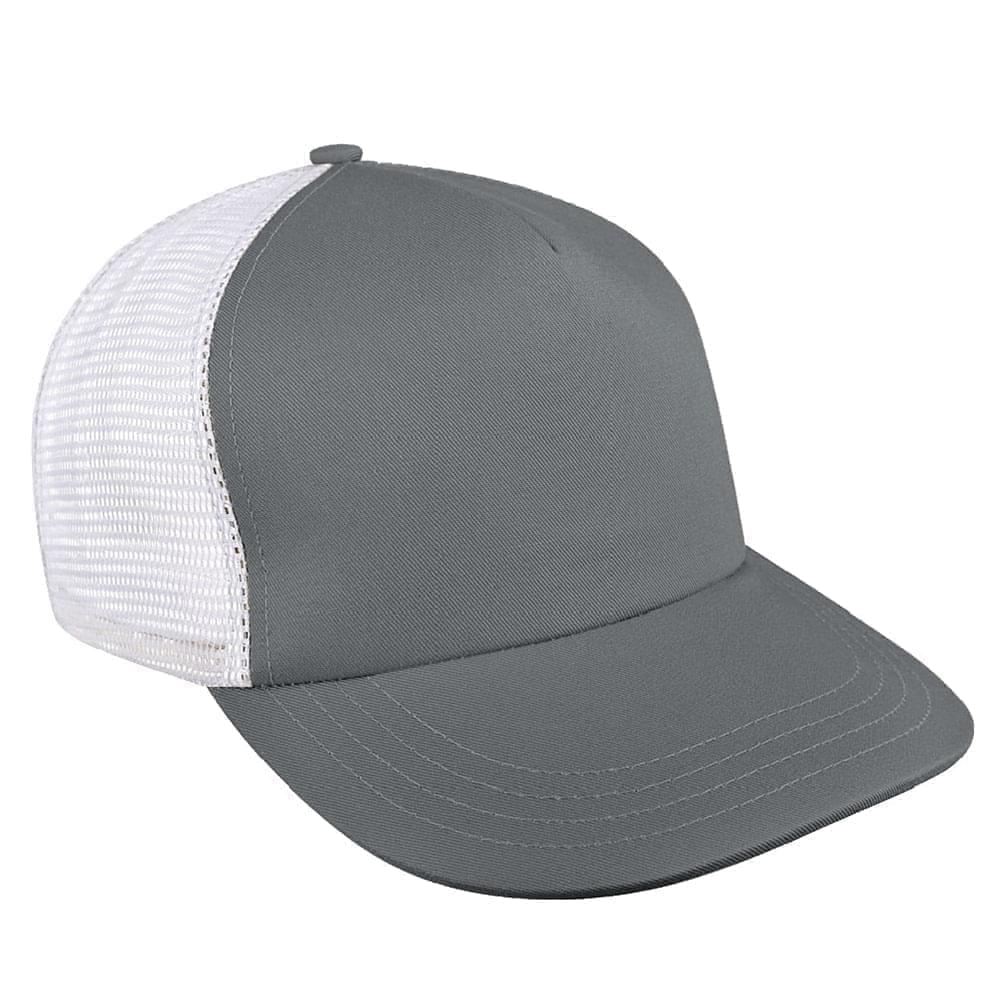 Five Panel Hats
Five Panel Hats
 Mesh Back Hats
Mesh Back Hats
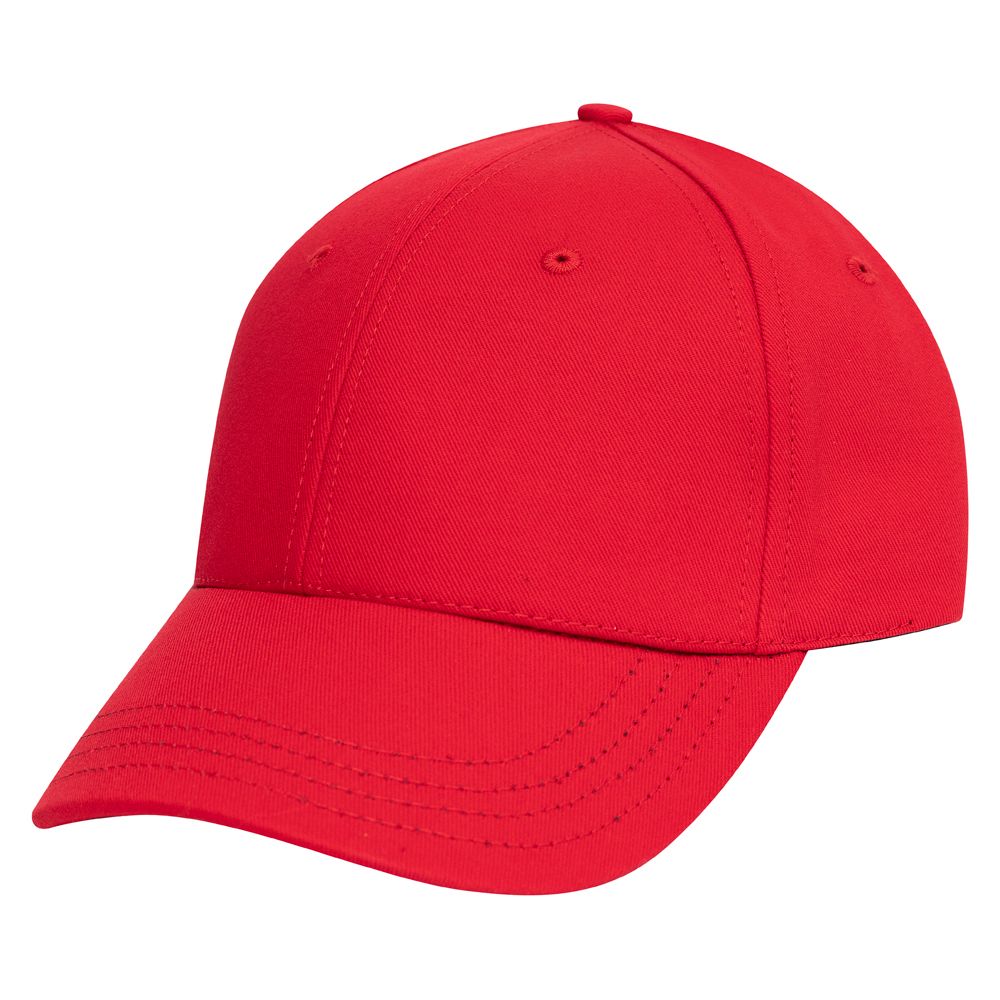 In Stock Blanks
In Stock Blanks
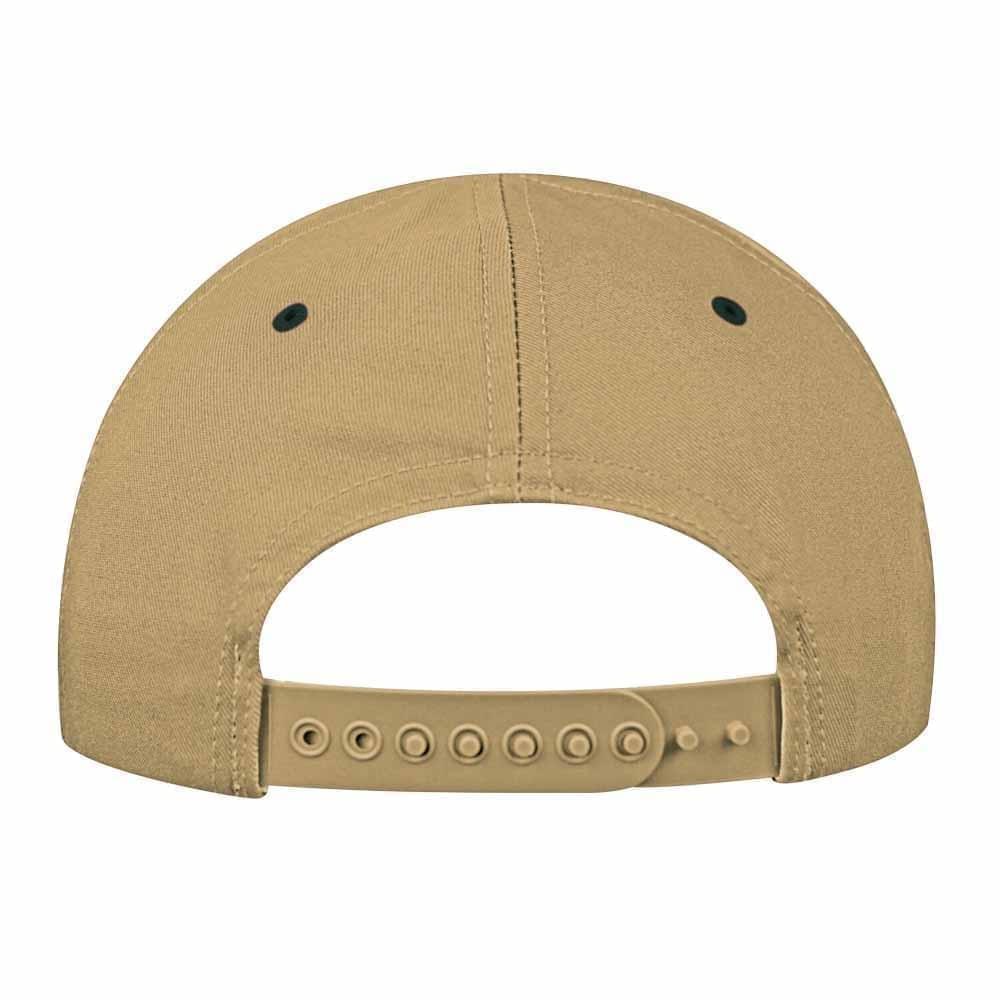 Snapback Hats
Snapback Hats
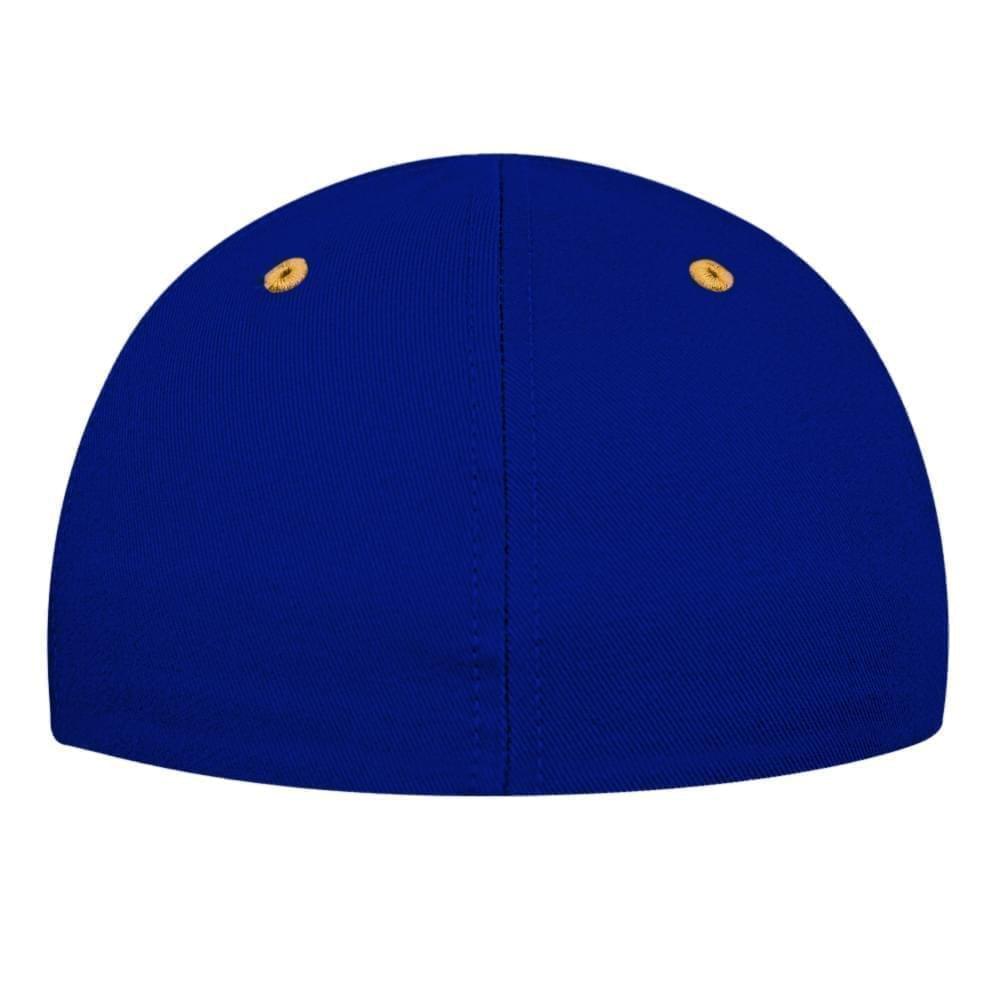 Stretchfit Hats
Stretchfit Hats
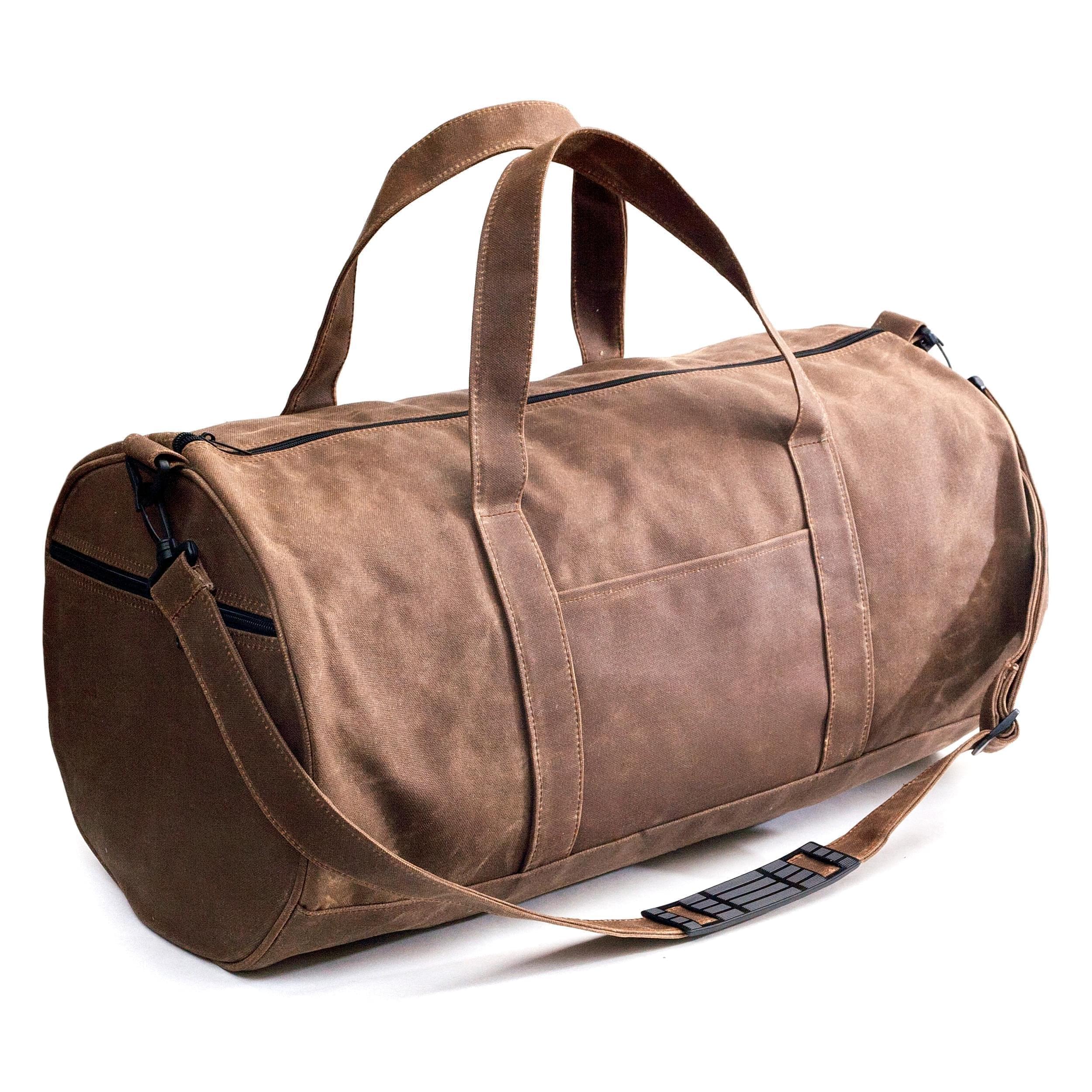 Duffel Bags
Duffel Bags
 Backpacks
Backpacks
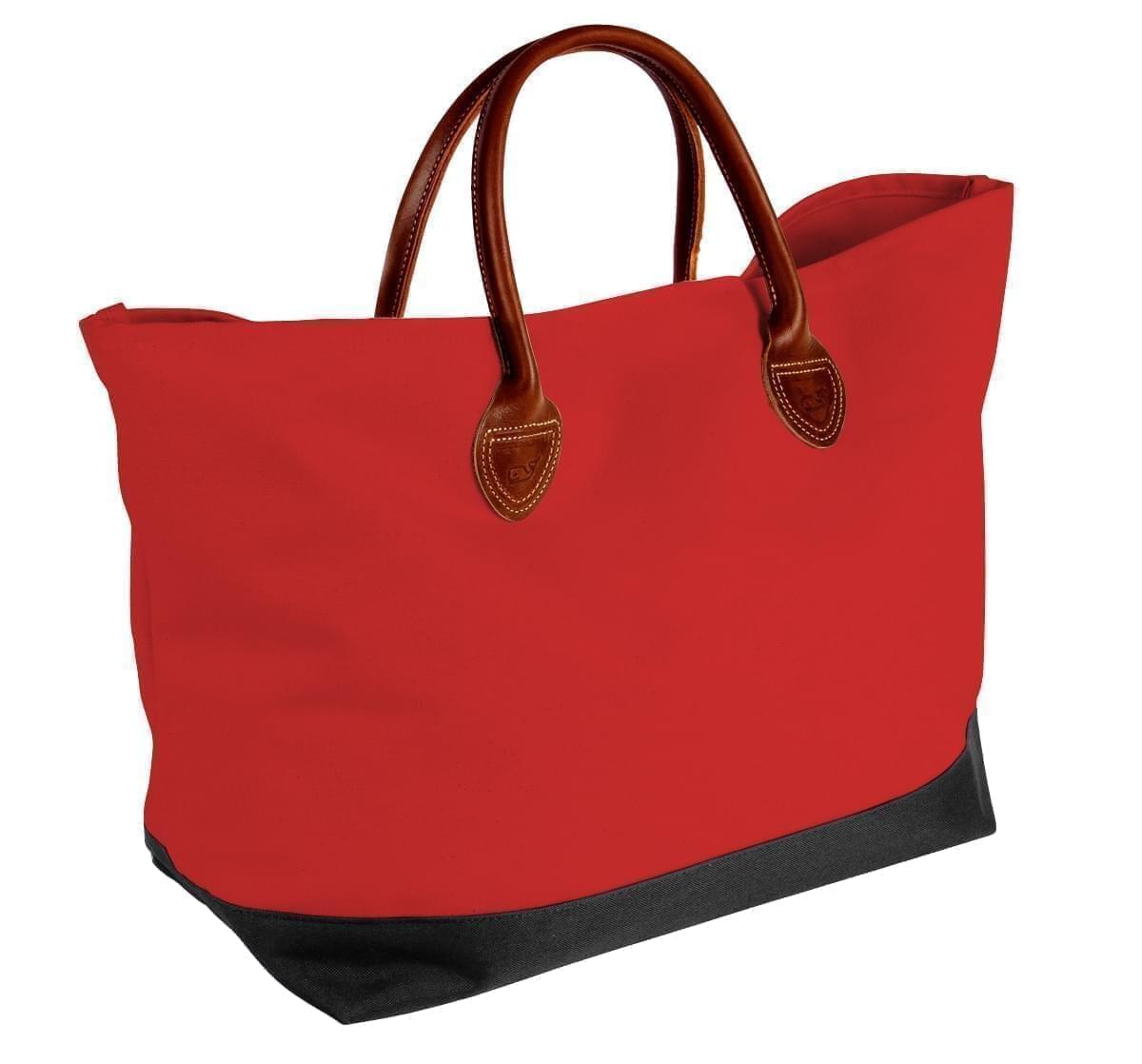 Tote Bags
Tote Bags
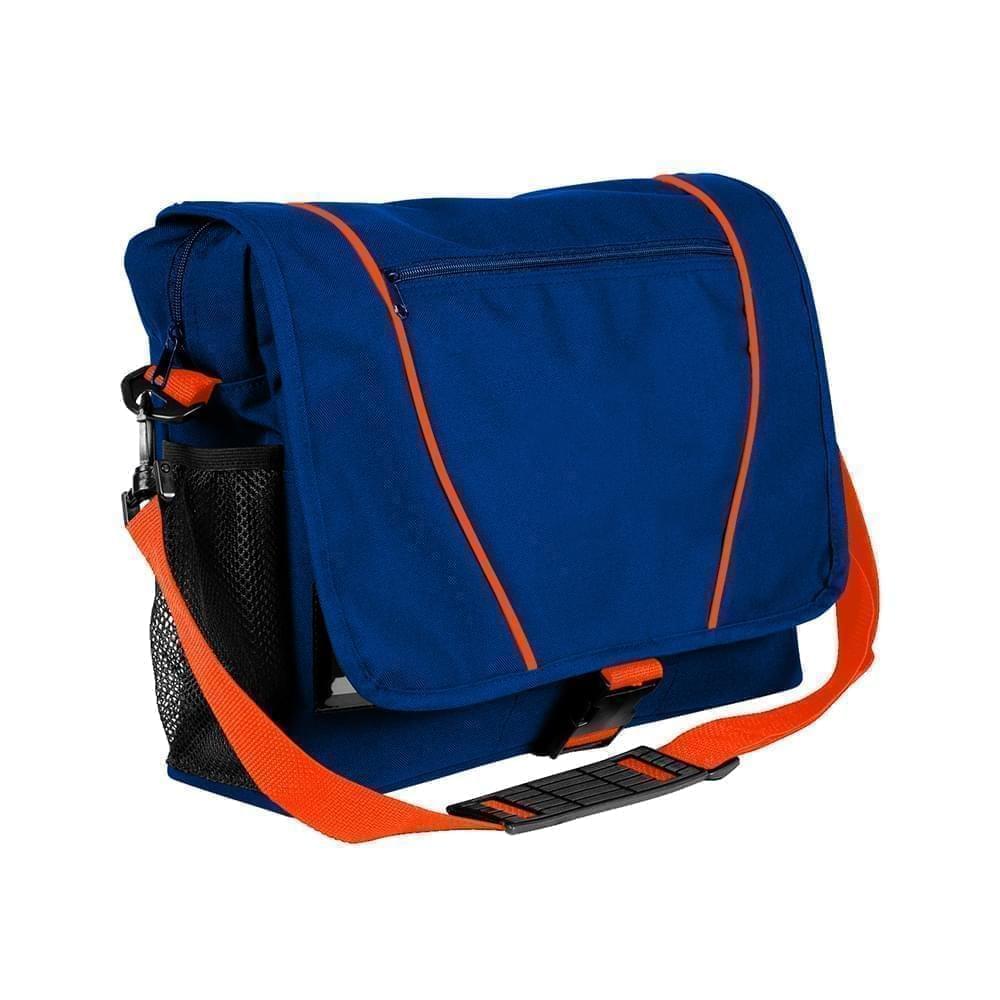 Computer Bags
Computer Bags
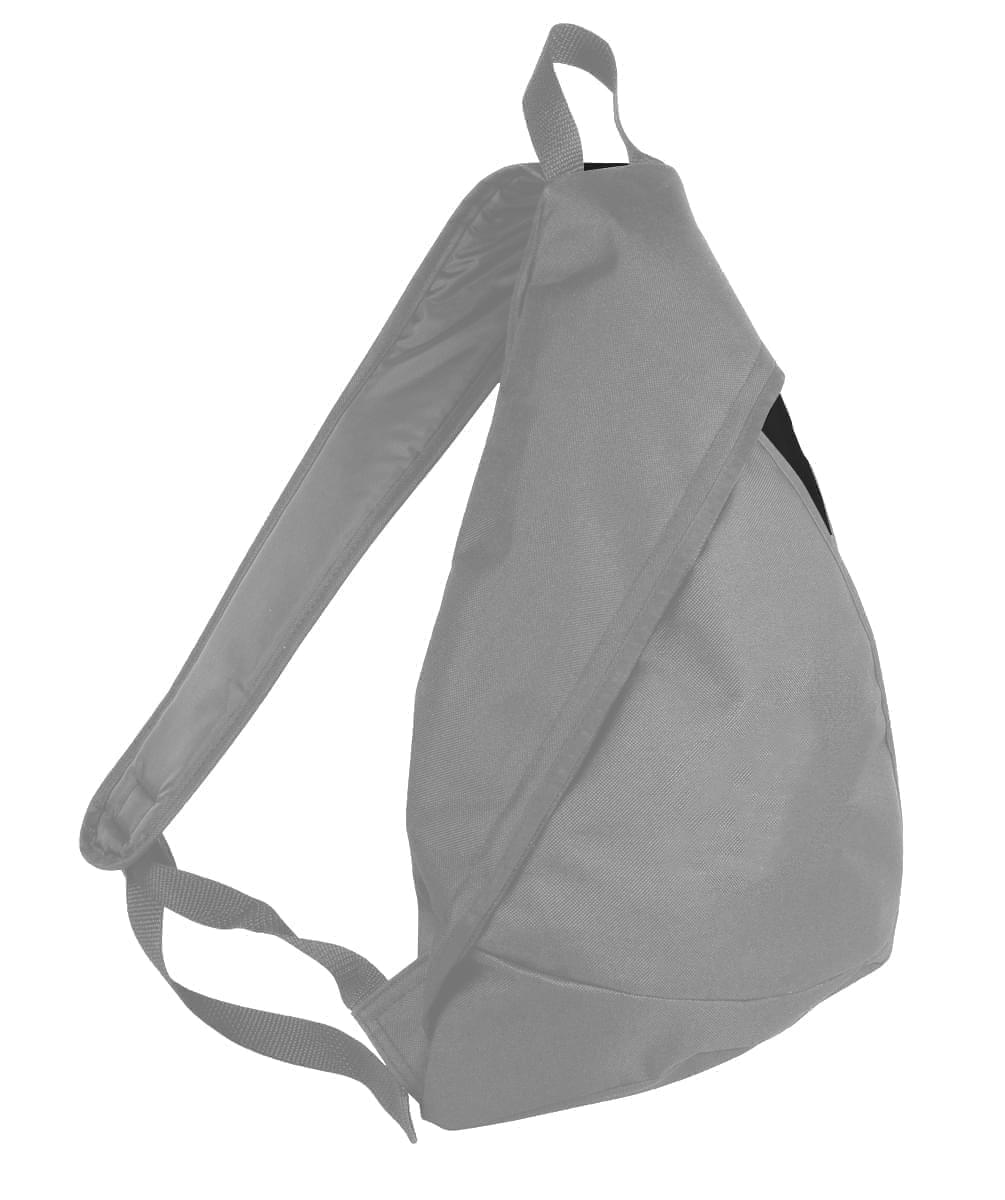 Sling Messenger Bags
Sling Messenger Bags
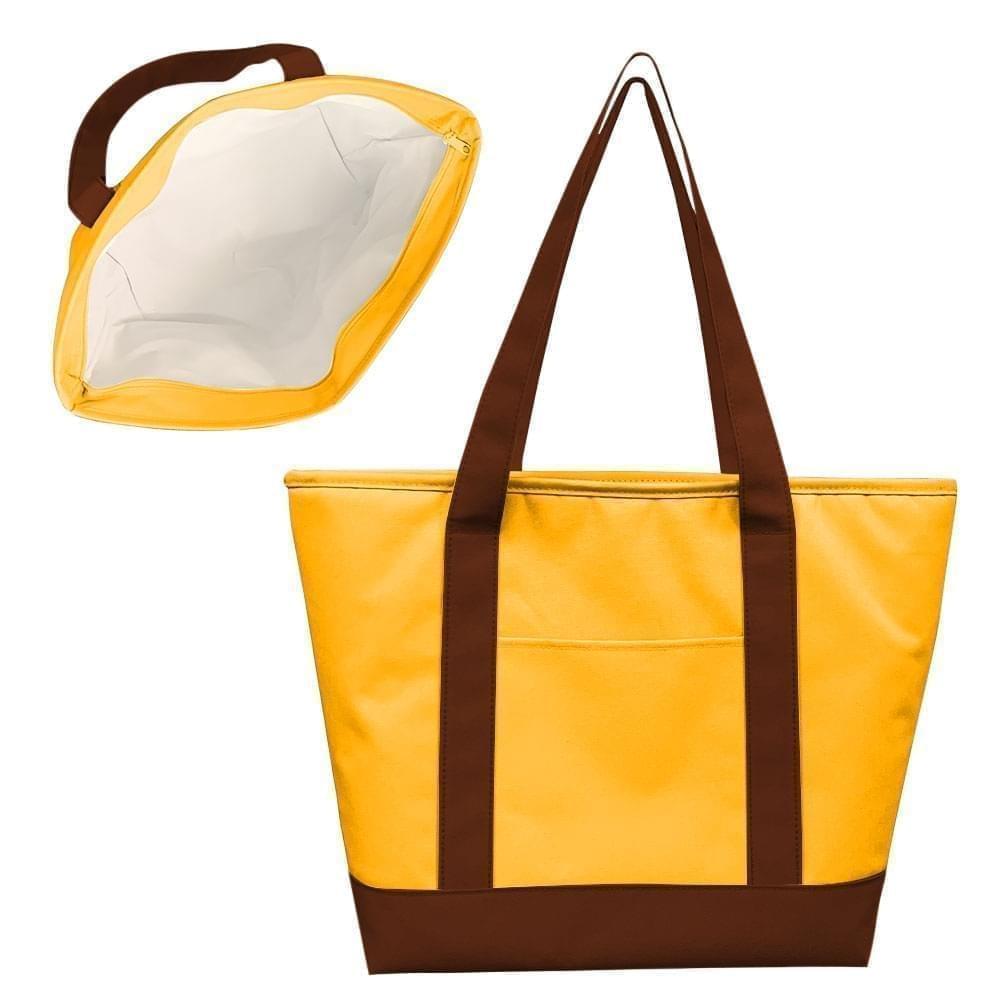 Cooler Bags
Cooler Bags
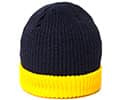 Cuff Hats
Cuff Hats
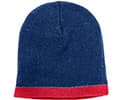 Beanies
Beanies
 Scarves
Scarves
 Zipper Folders
Zipper Folders
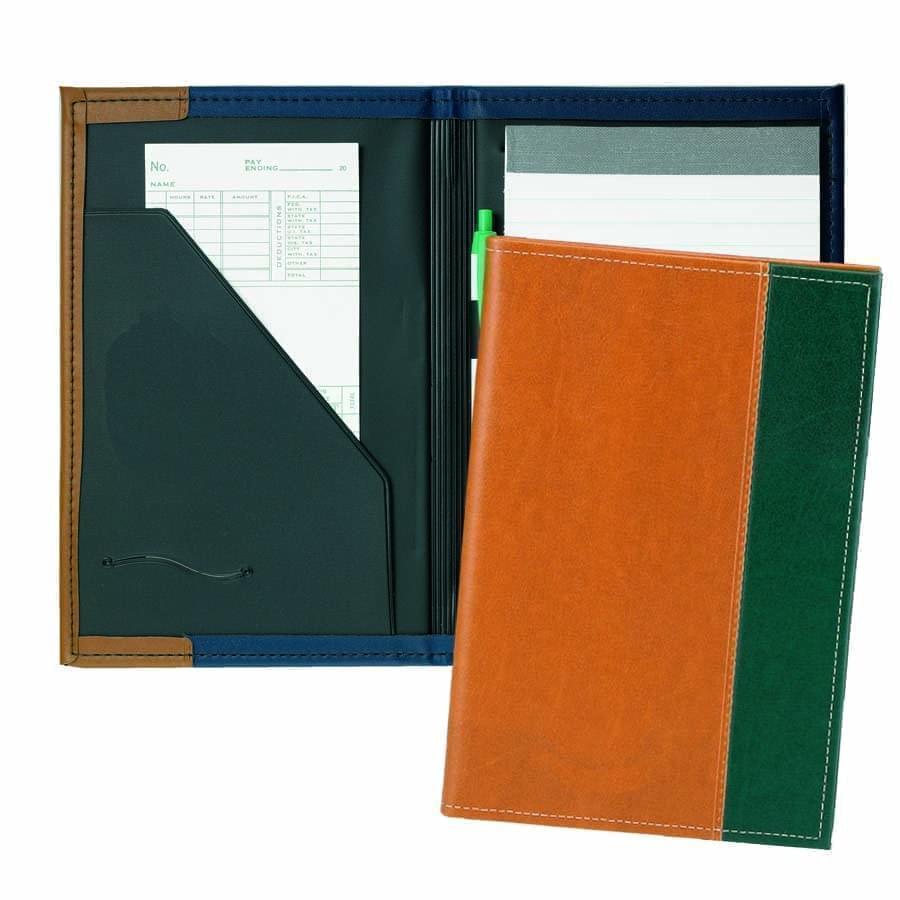 Stitched Folders
Stitched Folders
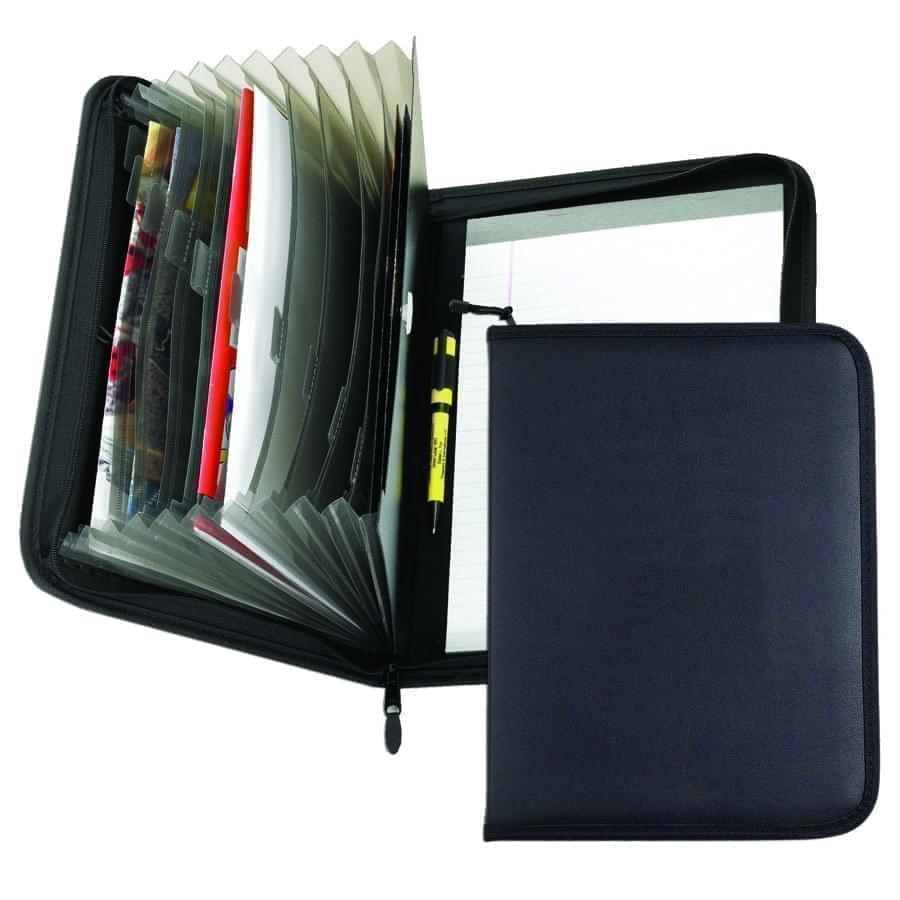 Accordion Folders
Accordion Folders
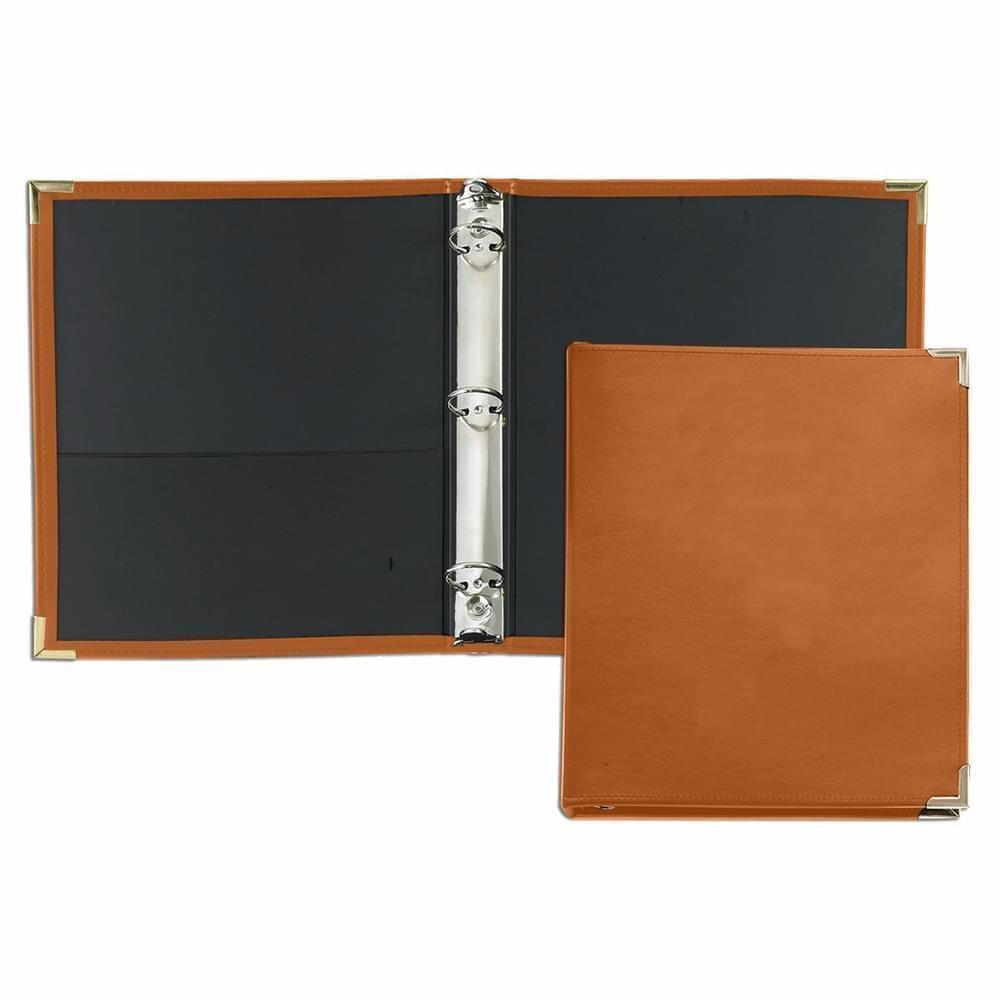 Ring Binders
Ring Binders
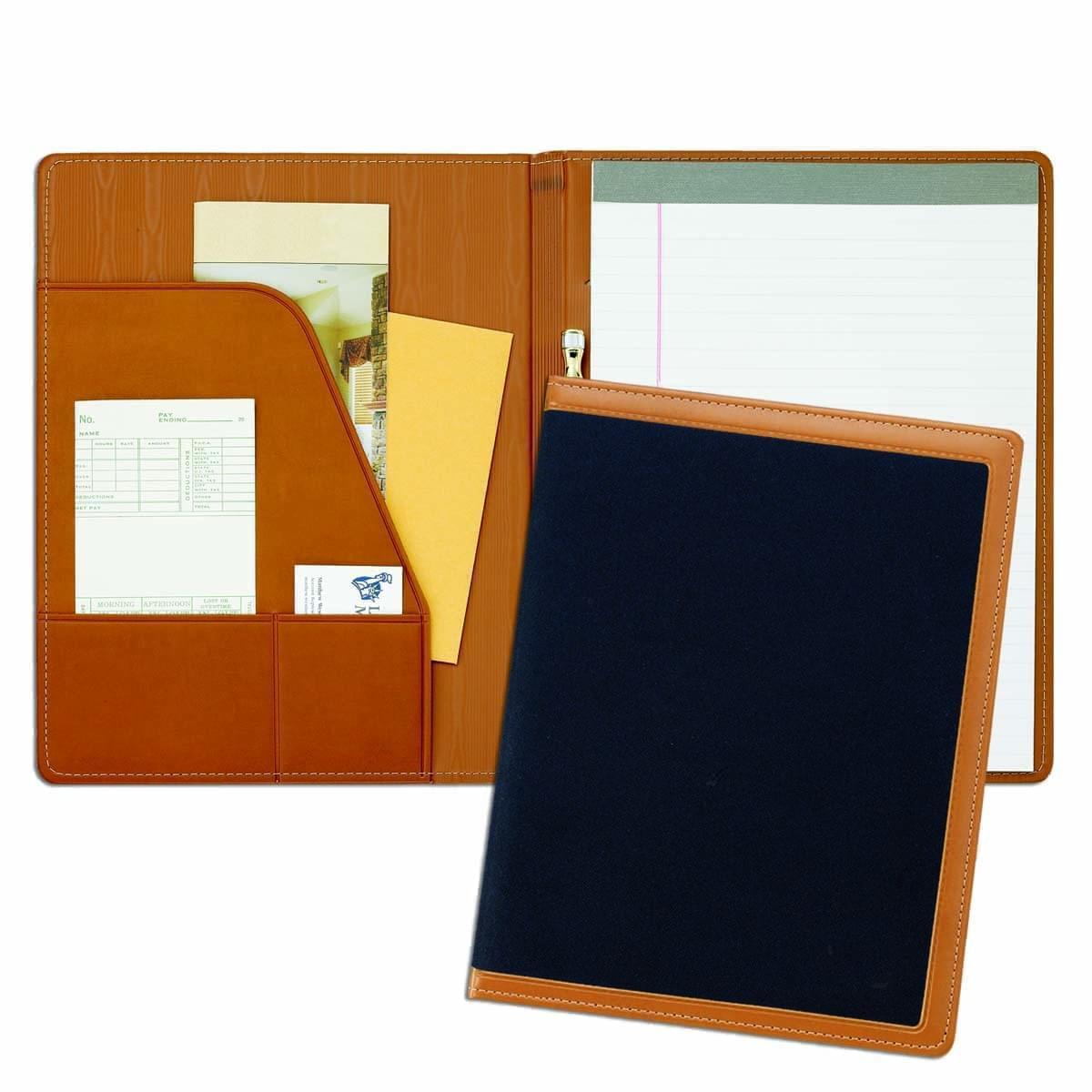 Letter Folders
Letter Folders
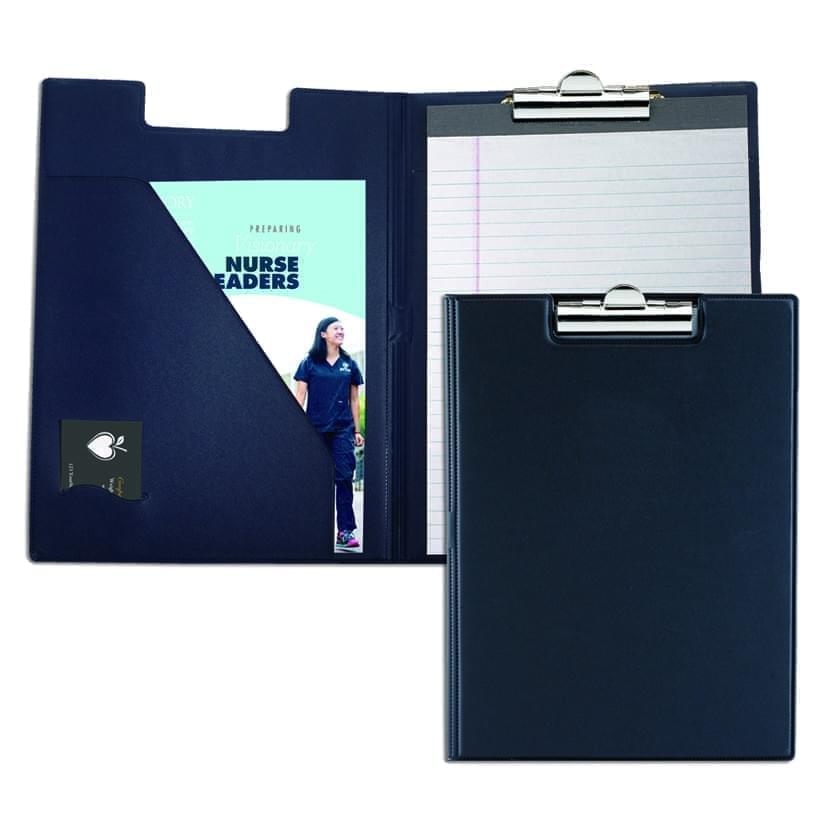 Clipboards
Clipboards

 Union Made In USA
Union Made In USA






